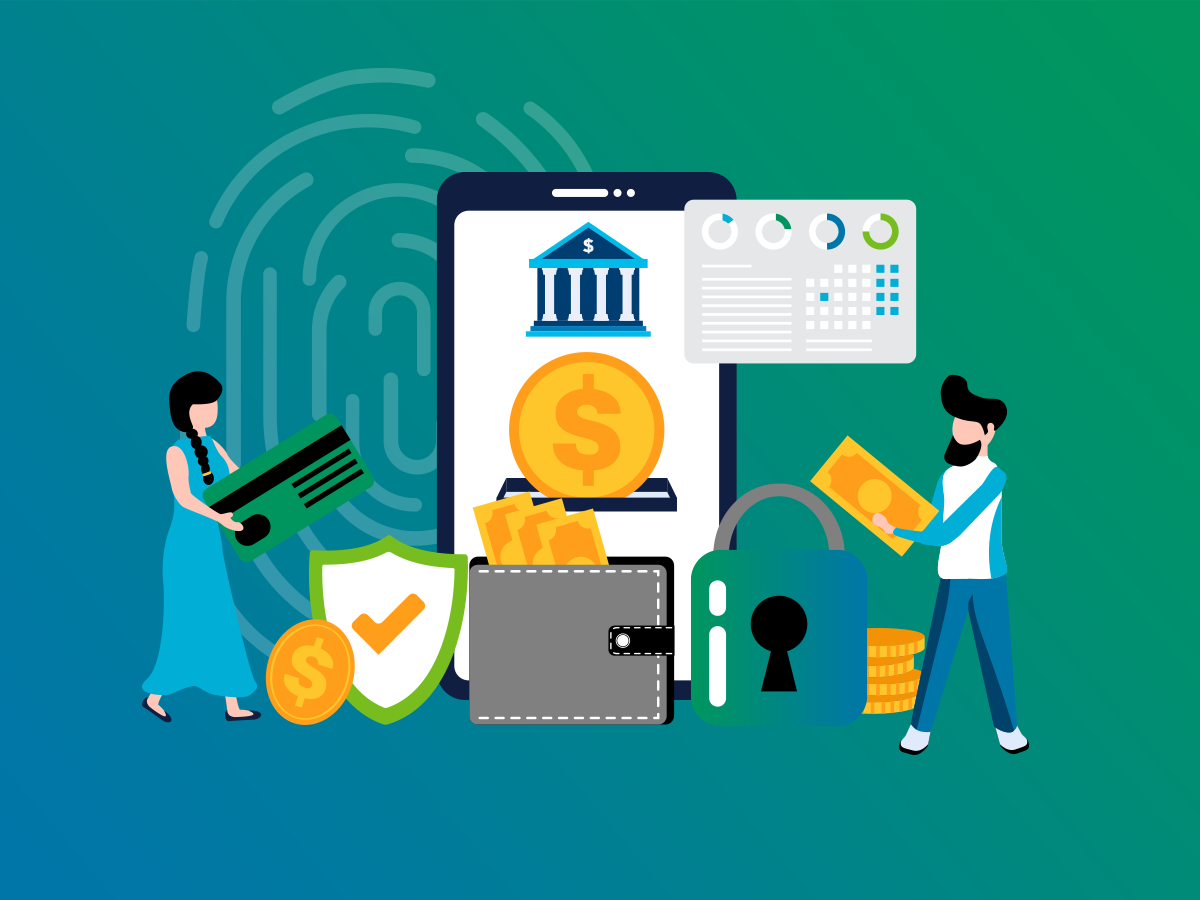Last year changed everything. A late 2020 Salesforce survey reported that almost 70% of customers now have greater expectations of companies’ digital capabilities. But the financial services sector, including banks, insurance providers, and wealth managers, seems to be falling short of these expectations, with only 27% of surveyed consumers and business buyers feeling that the industry is completely customer-centric and just 23% thinking it handled the pandemic as well as it could have.
Recent industry research has found that over 90% of banking firms say they can’t yet deliver personalization. And according to research from Epsilon, consumers want personalization—more than 90% find it appealing and 80% say they’re more likely to do business with organizations that offer personalized experiences. So, while the pressure for personalization in the digital world is mounting, it’s clear that most FIs don’t believe they’re quite there yet. As for how they can close the gap, personalization can be boiled down to a few crucial pieces:
Data
British data scientist Clive Humby coined the phrase, “data is the new oil” for good reason. It’s an essential driver of our economy and putting it to good use can mean the difference between sitting still and making things happen. Like oil, data needs to be refined; in its raw form you can’t do much with it, but sorted, analyzed, interpreted, and applied, data is extremely valuable.
Data takes the place of the in-branch conversations that once helped banks understand their account holders. Financial institutions are sitting on a virtual gold mine—or oil well—of data; the habits, schedules, needs, and preferences of your customers are just waiting to be found. Data tells you what your account holders need you to provide—and when—so that you can be right there with them on their financial journey.
Automation
Without automation, the application of data is extremely limited. Even if humans could crunch data like computers, we’d still be limited by the number of things we can accomplish at one time. Manual and paper-based processes in account opening, lending, reporting and compliance, and other banking operations may prove reminiscent of face-to-face interactions, but they just slow things down and invite human error. To create convenient experiences that fit account holder’s digital-era expectations, automating as many processes as possible is a must.
Integration
Data comes from a lot of sources across a lot of solutions, vendors, and workflows. An actionable plan to automate and personalize is dependent on bringing all of your data and experiences together. Simply put, in a world as interconnected as ours, integration must be a core competency for financial institutions and their technology providers.
Lastly, a large part of personalization is meeting your account holders where they are. They’re using a lot of apps for a lot of reasons and they need the services—financial and otherwise—of vendors beyond your areas of expertise. Connecting them to these other providers creates convenience and makes you the glue that holds all of your account holders’ finances together.
Put another way, personalization and differentiation aren’t about branding or look and feel—or, ultimately, about any of the individual pieces mentioned above. It’s about what you can do for your account holders that other FIs can’t.
Remember, true personalization doesn’t just differentiate your FI—it differentiates your account holders from each other. It gives you the ability to be and to offer exactly what they need at any given time. Personalization makes digital personal and builds the relationships that financial institutions need to thrive and grow in the new normal.





